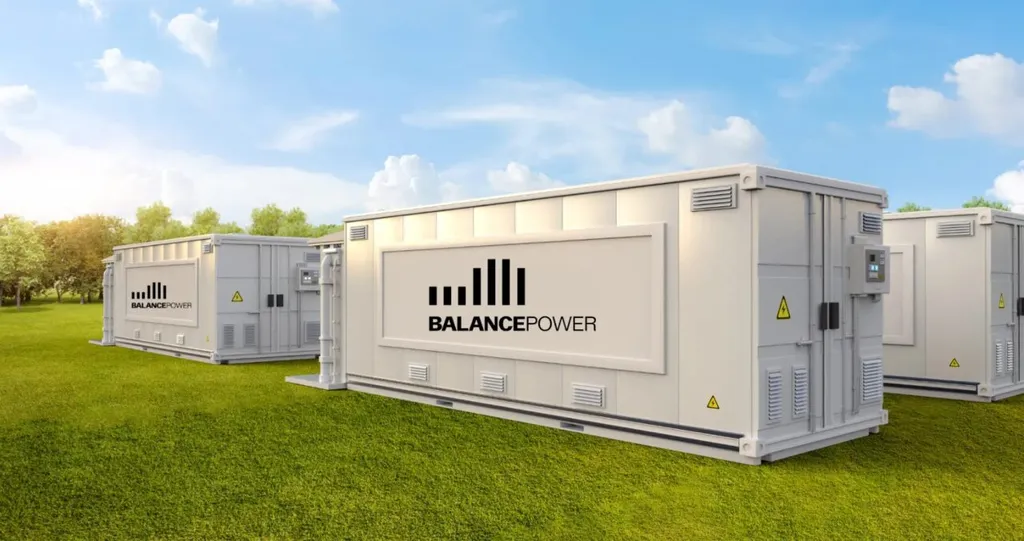In the heart of Austria, a quiet revolution is unfolding, one that could reshape how we think about solar power and grid management. As photovoltaic (PV) systems proliferate across the country’s medium- and low-voltage grids, a pressing challenge has emerged: how to integrate these renewable energy sources without overwhelming the existing infrastructure. This is the crux of a recent study led by Alexander Konrad, a researcher at the Institute of Electricity Economics and Energy Innovation at Graz University of Technology.
Konrad and his team have developed a novel approach to tackle this issue, focusing on dynamic power feed-in limitations for PV systems. Their work, published in the journal Energy Strategy Reviews, translates to ‘Energy Strategy Reviews’ in English, offers a fresh perspective on balancing renewable energy expansion with grid reliability.
The rapid growth of PV systems in Austria has led to technical limits that often restrict full feed-in power, sparking debates about the best way to manage this influx of energy. “The challenge is to find a way to integrate more PV systems without compromising the stability of the grid,” Konrad explains. “We need to ensure that we can meet our climate targets while maintaining a reliable energy supply.”
To address this, the researchers developed a mathematical formulation of dynamic PV feed-in limitations and integrated it into an optimization model. This model allows for a comprehensive evaluation of the effects of PV integration potential and energy curtailment. The team validated their approach through case studies on four representative real-world Austrian medium- and low-voltage grids.
The results are promising. The study found that up to 32% additional PV systems could be integrated within the existing infrastructure while keeping PV curtailment relatively low, at just 2%. This means that grid operators and policymakers have a new tool at their disposal to balance the need for renewable energy expansion with the practicalities of grid management.
“This research provides actionable insights for grid operators and policymakers,” Konrad notes. “It shows that with the right strategies, we can significantly increase our PV capacity without sacrificing grid reliability.”
The implications for the energy sector are substantial. As more countries look to expand their renewable energy capacity, the methods developed by Konrad and his team could offer a blueprint for managing this growth. By providing a clear pathway to integrate more PV systems, this research could help accelerate the transition to renewable energy, benefiting both the environment and the economy.
For grid operators, the ability to dynamically manage PV feed-in limitations could lead to more efficient use of existing infrastructure, reducing the need for costly upgrades. For policymakers, it offers a way to support renewable energy goals without compromising grid stability.
As the energy sector continues to evolve, the work of Konrad and his team at Graz University of Technology could play a pivotal role in shaping the future of solar power integration. Their innovative approach to dynamic PV feed-in limitations provides a roadmap for balancing renewable energy expansion with grid reliability, paving the way for a more sustainable energy future.

